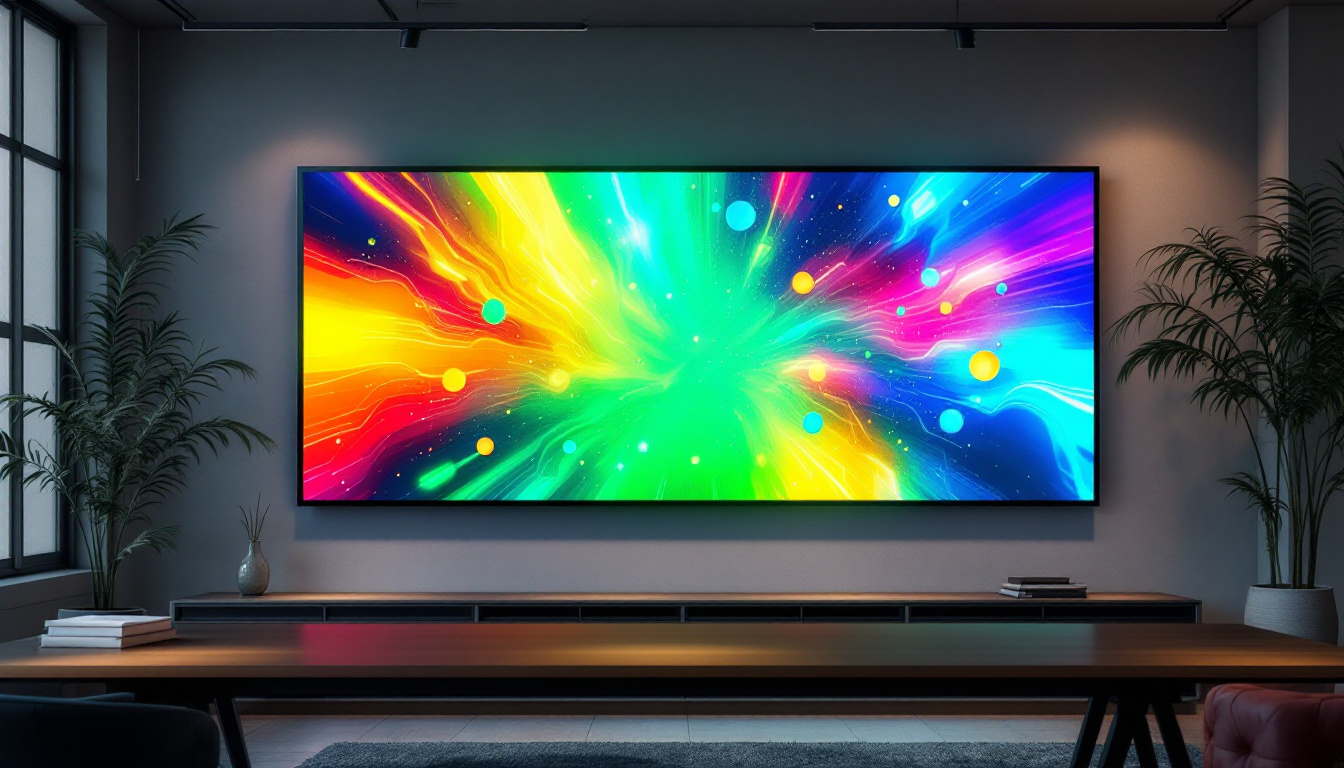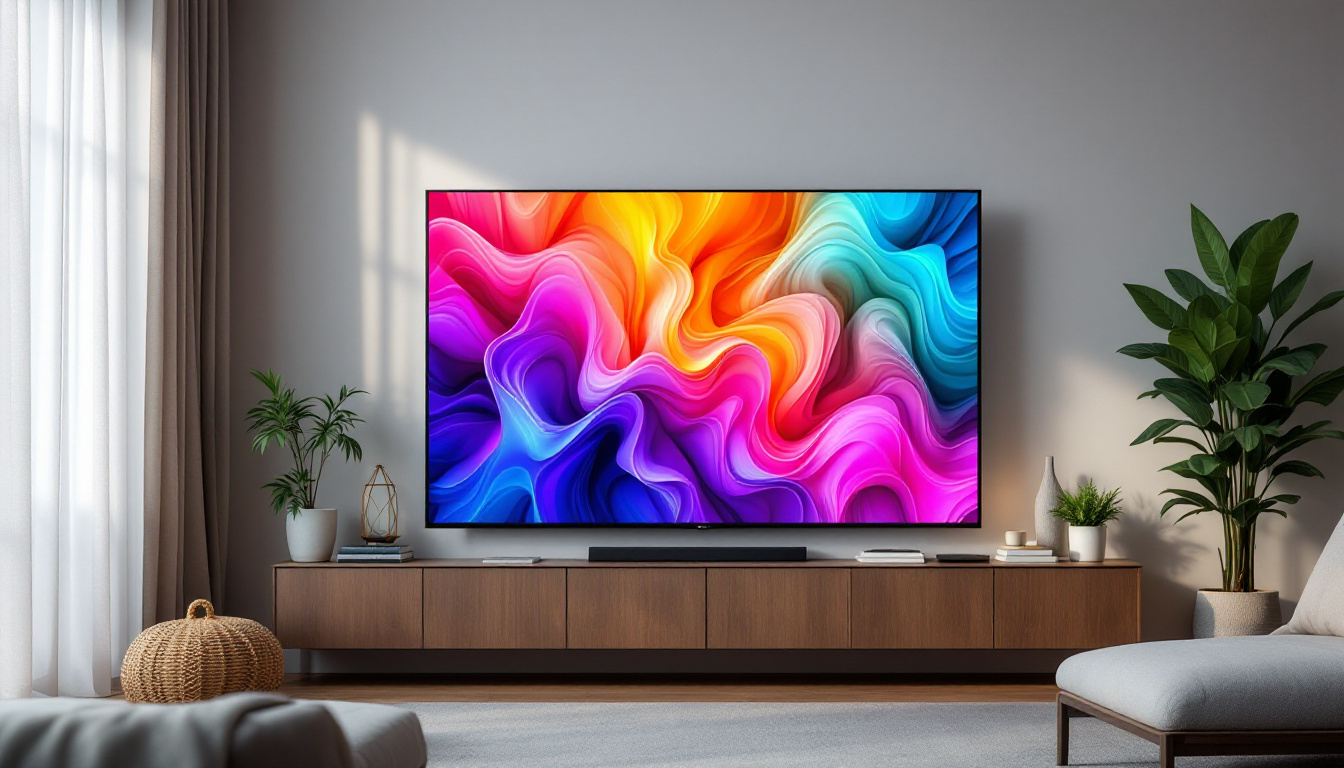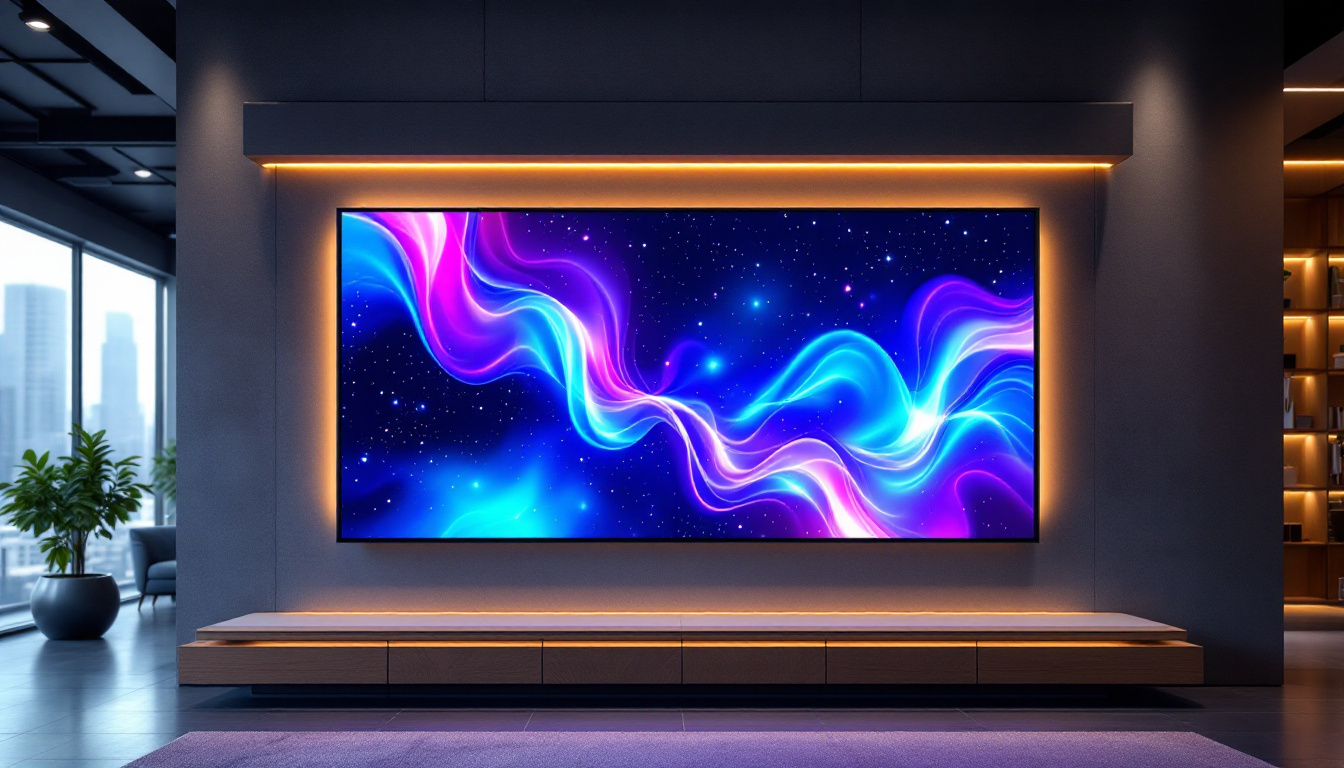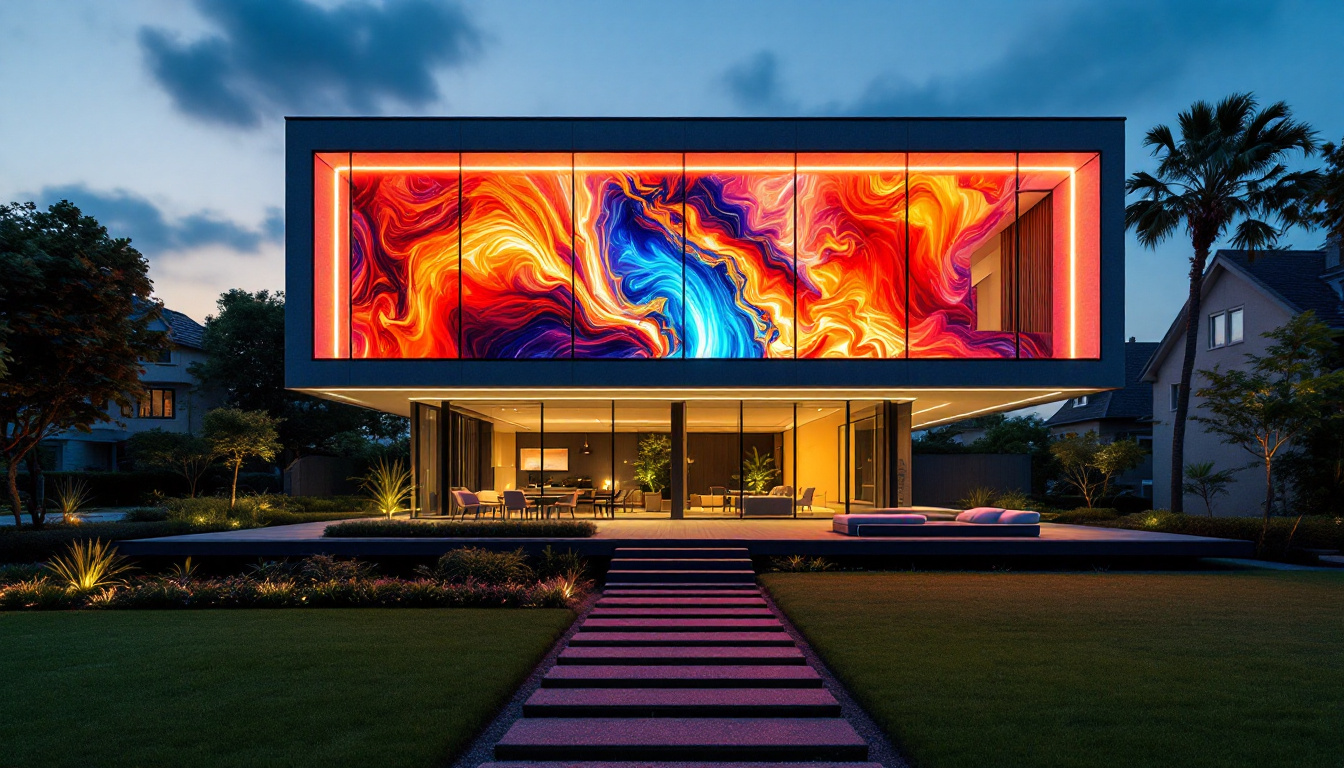Difference Between LED LCD and LED: LED Display Explained
In the world of modern displays, the terminology can often be confusing. Terms like LED, LCD, and LED LCD are frequently used interchangeably, but they refer to different technologies. Understanding these distinctions is essential for making informed decisions when purchasing a new television or monitor. This article delves into the differences between LED, LCD, and LED LCD displays, providing clarity on what each term means and how they impact your viewing experience.
Understanding LCD Technology
Liquid Crystal Display (LCD) technology has been around for decades and is one of the most widely used display technologies. LCDs utilize liquid crystals sandwiched between two layers of glass or plastic. When an electric current passes through the liquid crystals, they align to allow varying degrees of light to pass through, creating images on the screen.
How LCD Works
The fundamental operation of an LCD relies on backlighting. Traditional LCDs use fluorescent lamps as their light source, which illuminate the liquid crystals from behind. This backlighting is crucial because the liquid crystals themselves do not emit light; they only modulate the light that passes through them.
While LCD technology has its advantages, such as being lightweight and energy-efficient, it also has limitations. The reliance on backlighting can lead to issues with contrast and color accuracy, particularly in darker scenes. This is where LED technology comes into play.
LED (Light Emitting Diode) technology enhances the traditional LCD by providing a more efficient and versatile backlighting solution. Unlike the older fluorescent lamps, LED backlighting can be adjusted in terms of brightness and can be localized, allowing for better contrast and deeper blacks. This advancement has led to the development of various types of LED LCDs, including edge-lit and full-array models, each offering unique benefits in terms of picture quality and energy consumption.
Moreover, LCD technology has evolved significantly over the years, leading to innovations such as IPS (In-Plane Switching) panels, which improve color reproduction and viewing angles. This has made LCDs even more appealing for applications where accurate color representation is critical, such as graphic design and photography. As a result, LCDs are not only found in televisions and computer monitors but also in smartphones, tablets, and a variety of other devices, showcasing their versatility and adaptability in an ever-changing technological landscape.
What is LED?
Light Emitting Diode (LED) technology refers to a type of display that uses LEDs as its primary source of light. Unlike traditional LCDs, which depend on fluorescent backlighting, LED displays utilize tiny diodes that emit light when an electric current passes through them. This technology has revolutionized the way displays are made and has led to significant improvements in picture quality. The brightness and energy efficiency of LED displays have made them a popular choice for everything from televisions and computer monitors to large outdoor billboards and digital signage.
Types of LED Displays
LED displays can be categorized into two main types: Direct LED and Edge-lit LED. Direct LED displays have an array of LEDs positioned directly behind the screen, providing uniform lighting across the entire display. This configuration enhances contrast and allows for better color reproduction. In addition, Direct LED technology often supports local dimming, which means that specific areas of the screen can be dimmed or brightened independently, resulting in deeper blacks and more vibrant colors.
On the other hand, Edge-lit LED displays have LEDs positioned along the edges of the screen. While this design allows for thinner displays, it can lead to uneven lighting and less impressive contrast ratios compared to Direct LED displays. Understanding these differences is crucial for consumers looking to purchase a new display. Moreover, the choice between these types can also affect the viewing experience in different environments; for instance, Edge-lit displays may be more suitable for spaces where aesthetics and slim profiles are prioritized, while Direct LED displays are often favored for home theaters and professional settings where picture quality is paramount.
Another emerging category in LED technology is the MicroLED display, which utilizes microscopic LEDs to create images. MicroLED displays promise even greater efficiency and color accuracy, and they have the potential to revolutionize the industry further by eliminating the need for backlighting altogether. This technology is still in its early stages, but it could lead to displays that are not only thinner and lighter but also more durable and energy-efficient than their predecessors. As advancements continue, consumers can expect to see a wider range of options that cater to various needs and preferences, making it an exciting time for display technology.
LED LCD: A Hybrid Technology
LED LCD is a term that can be somewhat misleading. It refers to an LCD display that uses LED technology for backlighting instead of traditional fluorescent lamps. Thus, LED LCD combines the liquid crystal technology of LCDs with the lighting advantages of LEDs.
Benefits of LED LCD Displays
One of the primary advantages of LED LCD displays is their improved energy efficiency. LED backlighting consumes less power than fluorescent backlighting, making LED LCDs more environmentally friendly and cost-effective in the long run.
Additionally, LED LCDs offer better contrast ratios and color accuracy. The use of LEDs allows for localized dimming, where specific areas of the screen can be dimmed or brightened independently. This feature enhances the overall viewing experience, particularly in scenes with varying levels of brightness.
Comparing LED LCD to Traditional LCD
When comparing LED LCD to traditional LCD displays, the differences become apparent. LED LCDs typically provide brighter images, deeper blacks, and more vibrant colors. This improvement is especially noticeable in high-definition content, where the quality of the display can significantly impact the viewing experience.
Moreover, LED LCDs tend to have a longer lifespan than traditional LCDs, making them a more durable choice for consumers. As technology continues to evolve, LED LCD displays have become the standard in the market, pushing traditional LCDs to the sidelines.
Key Differences Between LED, LCD, and LED LCD
To summarize the distinctions between these technologies, it is essential to highlight the key differences. Each type of display has its unique characteristics that cater to different preferences and needs.
1. Light Source
The most significant difference lies in the light source. Traditional LCDs use fluorescent backlighting, while LED displays utilize light-emitting diodes. LED LCDs, on the other hand, employ LEDs for backlighting, combining the liquid crystal technology of LCDs with the advantages of LED lighting.
2. Picture Quality
Picture quality is another critical factor. LED displays generally offer superior color accuracy and contrast ratios compared to traditional LCDs. LED LCDs further enhance these qualities by utilizing localized dimming and improved backlighting techniques, resulting in a more dynamic viewing experience.
3. Energy Efficiency
Energy consumption is an essential consideration for many consumers. LED displays are more energy-efficient than traditional LCDs, and LED LCDs take this a step further by reducing power consumption even more. This efficiency not only benefits the environment but also helps consumers save on electricity bills.
Choosing the Right Display for Your Needs
When it comes to selecting the right display technology, understanding individual needs and preferences is crucial. Factors such as viewing habits, room lighting, and budget all play a role in determining the best option.
Viewing Environment
The environment in which the display will be used can significantly impact the choice of technology. For instance, if the display will be used in a brightly lit room, an LED LCD may be the best option due to its superior brightness and color accuracy. Conversely, in a darker setting, a traditional LCD may suffice, although it may not provide the same level of performance.
Budget Considerations
Budget is another essential factor. Generally, traditional LCDs are more affordable than LED and LED LCD displays. However, the long-term savings associated with energy efficiency and durability of LED and LED LCD displays may justify the initial investment for many consumers.
Future Trends in Display Technology
As technology continues to advance, the landscape of display technology is evolving rapidly. Innovations such as OLED (Organic Light Emitting Diode) and MicroLED are gaining traction, offering even better picture quality and energy efficiency.
OLED Technology
OLED displays utilize organic compounds that emit light when an electric current is applied. This technology allows for true blacks and exceptional color accuracy, as each pixel can be turned on or off independently. While OLED displays are currently more expensive than LED LCDs, they offer unparalleled picture quality, making them a popular choice among enthusiasts.
MicroLED Technology
MicroLED is another emerging technology that combines the benefits of LED and OLED. MicroLED displays consist of tiny, individual LEDs that can produce their light. This technology promises to deliver superior brightness, contrast, and energy efficiency while eliminating the drawbacks of traditional LCDs and OLEDs.
Conclusion
Understanding the differences between LED, LCD, and LED LCD technologies is essential for making informed decisions when purchasing a display. Each technology has its unique advantages and disadvantages, catering to various needs and preferences.
As consumers continue to seek better picture quality, energy efficiency, and overall performance, LED LCD displays have become the standard in the market. However, emerging technologies like OLED and MicroLED are poised to redefine the landscape of display technology in the coming years.
Ultimately, the choice between these technologies will depend on individual preferences, viewing environments, and budget considerations. By staying informed about the latest advancements, consumers can ensure they select the best display technology for their needs.
Discover the Future of Visual Experience with LumenMatrix
Ready to elevate your visual display to the next level? LumenMatrix is at the forefront of LED display innovation, offering a wide range of solutions tailored to meet your specific needs. From stunning Indoor LED Wall Displays to dynamic Outdoor LED Wall Displays, and from versatile Vehicle LED Displays to sleek LED Poster Displays, our products are designed to captivate and engage your audience. Experience the revolution in visual communication with our LED Sports Displays, immersive Floor LED Displays, and customizable Custom LED Displays. Embrace the clarity and impact of our All-in-One LED Display and LED Transparent Display solutions. Don’t just take our word for it—check out LumenMatrix LED Display Solutions today and see how we can help you share your message with the world.































